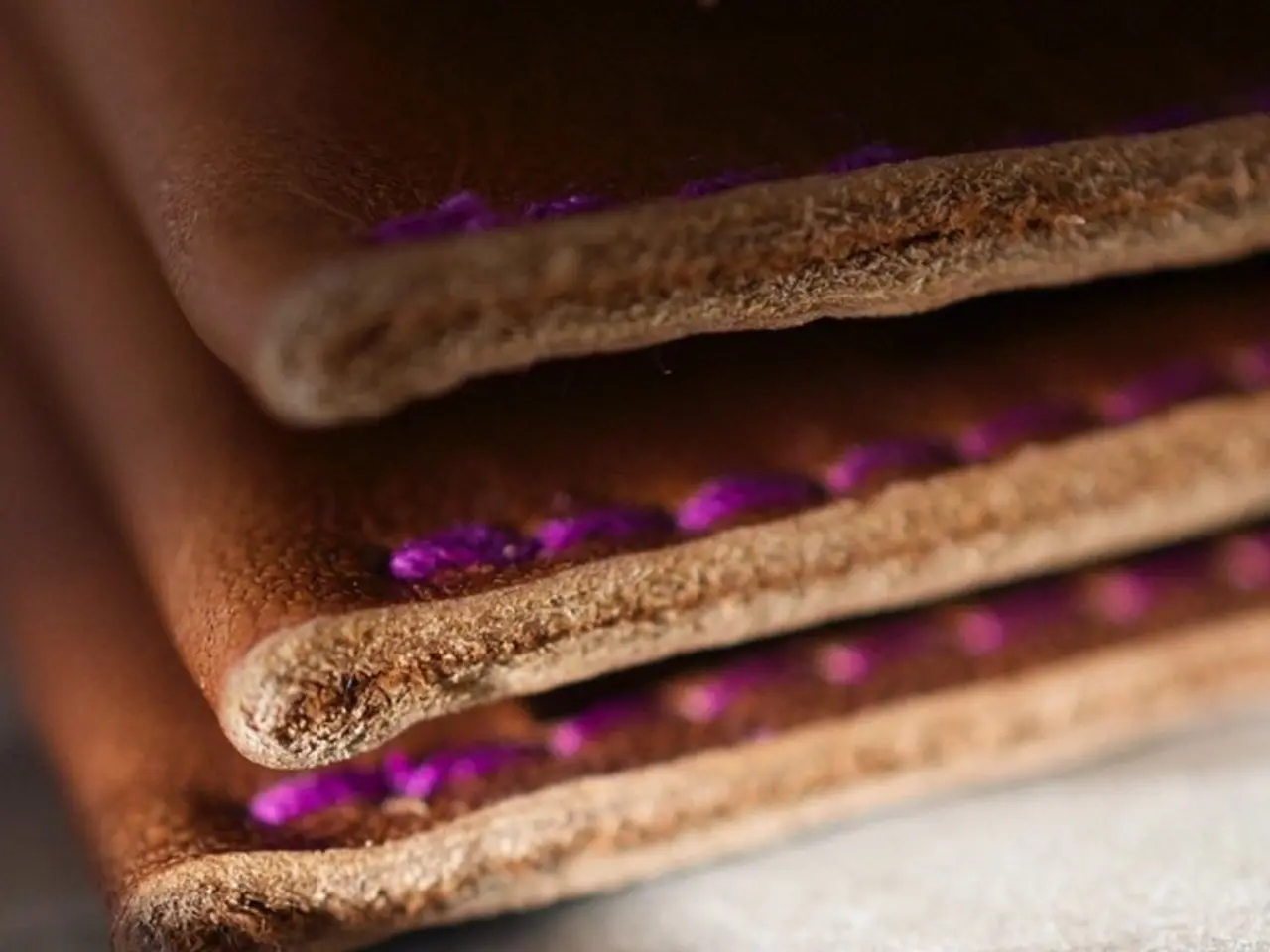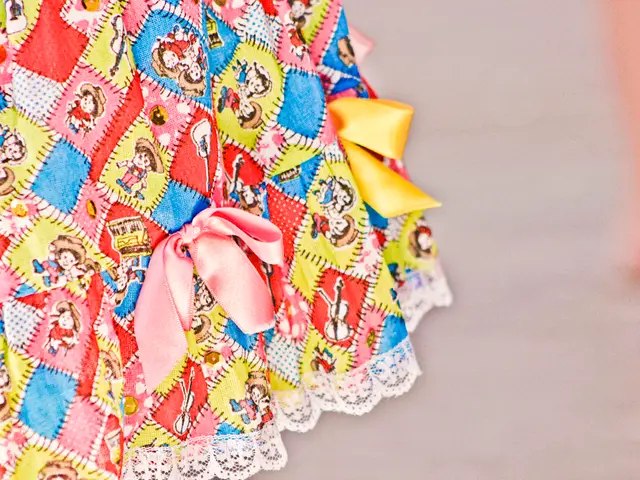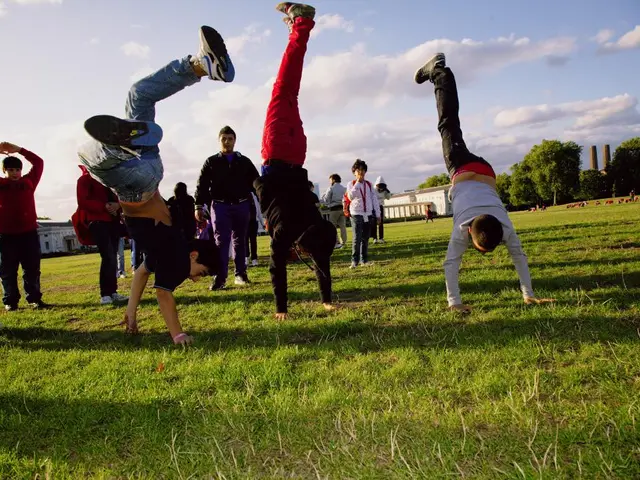Uncovered during an archaeological dig in a Norwegian medieval harbor: Thousands of leather items, including shoes, bags, and sword sheaths.
In the heart of Oslo, an archaeological discovery of immense significance has been unearthed at the Bjørvika School dig site. Over 2,900 waterlogged medieval leather artifacts, dating back to the 13th and 14th centuries, have been found, offering a fascinating glimpse into the daily life, craftsmanship, and trade of the city during this period.
The excavation, which took place at a site called D2, ahead of the planned construction of the Bjørvika School, has unearthed a rich trove of items including shoes, bags, purses, and sword scabbards. These artifacts provide a tangible link to the Middle Ages, offering insights into the common fashion, practical needs, and social behavior of the time.
Thousands of shoes, for instance, reveal what people used daily, with more than 200 discovered so far and the potential of reaching over 1,000. The presence of many knives worn at belts, housed in leather sheaths, shows the everyday importance of carrying tools or weapons.
The diversity and quality of the leather goods also reflect skilled craftsmanship and an active trade network supplying materials or finished goods within medieval Oslo and beyond. Small handbags and protective sheaths suggest specialized production.
The variety of artifacts coupled with animal bones from food waste suggests a bustling and varied urban environment with varying social strata. The discovery of a well-cared-for dog’s skeleton among food trash reveals personal relationships extending beyond mere survival.
One shoe, quite large, corresponds to a men’s U.S. size 13 or a 47 in European sizing, hinting at the diversity of the population. The dog's bones show no obvious signs of wear, disease, or dismemberment, suggesting it had a good life with access to food and probably cuddles.
The wet clay at the old harbor, which was open water in the harbor at the mouth of the Alna River in medieval times, has preserved the myriad leather artifacts. The oxygen-free environment has prevented decomposition, allowing these items to survive for centuries.
As the excavation of the archaeological material is now complete, researchers have just begun studying the finds. Preliminary analysis suggests that these waterlogged leather finds considerably enrich our understanding of medieval Oslo’s daily life, economy, and social fabric, revealing a community with specialized trades, practical needs, and personal attachments reflected in material culture.
References: [1] Archaeology in Norway (2021). Bjørvika School dig uncovers medieval Oslo. https://archaeologyinnorway.no/bjovika-school-dig-uncovers-medieval-oslo/ [2] The Local Norway (2021). Archaeologists find medieval shoes, leather goods in Oslo. https://www.thelocal.no/20210426/archaeologists-find-medieval-shoes-leather-goods-in-oslo [3] The Norwegian Museum of Cultural History (2021). Medieval shoes found in Oslo. https://www.kulturmuseene-oslo.no/en/news/medieval-shoes-found-in-oslo [4] The Norwegian Institute for Cultural Heritage Research (2021). Leather goods from the Middle Ages found in Oslo. https://www.niik.no/en/news/leather-goods-from-the-middle-ages-found-in-oslo [5] The University of Oslo (2021). Medieval leather goods found in Oslo. https://www.uio.no/english/news-events/news/2021/medieval-leather-goods-found-in-oslo/index.html
- The leather goods discovered in the Bjørvika School dig site, such as shoes, bags, purses, and sword scabbards, offer valuable insights into the lifestyle, fashion, and social behavior of medieval Oslo's inhabitants.
- The diverse collection of handbags, protective sheaths, and specialized production tools found in the excavation indicate a thriving home-and-garden industry, catering to the needs of medieval Oslo and beyond.




